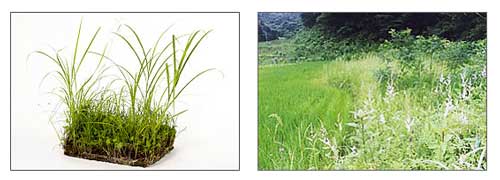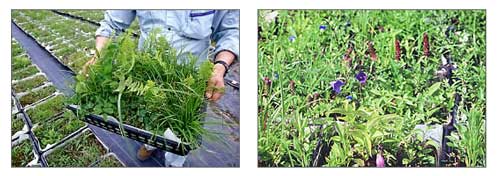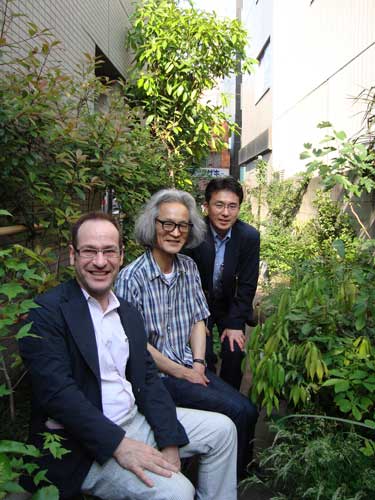
Satoyama (里山), a term I first heard from 5bai Midori, describes a Japanese eco-system that supports biodiversity and is paradoxically the result of human transformation of forests over 2,000 years of rice farming. A fascinating Japan Times article explains what satoyama is, and how it is threatened on the one hand by large-scale agribusiness and pesticides that are sterilizing the land, and on the other hand by the encroachment of forests on villages that farmers are abandoning in rural Japan.
Satoyama are heavily managed forests and fields that replaced Japan’s densely shaded wilderness with a system of concentric rings of sato (village), satoyama (managed woodland), and okuyama (wild forest). In proximity to dwellings, cutting wood for fire provided openings in the forests that encouraged sun-tolerant trees and created habitat for wildflowers, butterflies, birds and other species that do not exist in wild forest. Cultivating rice paddies, and building the irrigation systems of reservoirs and canals that supply them, created aquatic and semi-aquatic habitat for amphibians, insects, water plants, crustaceans and fish. The system depends on the close proximity of all three rings, spread out over a large portion of Japan’s mountainous island habitat.
According to Japan’s Environment Ministry, more than half of Japan’s threatened plant and animal species live in satoyama areas. The Environment Ministry has created at least three editions of a national biodiversity strategy and launched a Satoyama Initiative that has included knowledge sharing with Asian regional conferences. And Japan will next year host the 10th Conference of Parties of the Convention on Biological Diversity (COP10) in Nagoya.
Resources in English include Takeuchi Kazuhiko et al’s book Satoyama: The Traditional Rural Landscape of Japan (Springer, 2002). And there’s a Japanese Environment Ministry video on satoyama on YouTube (no embedding unforuntately).






